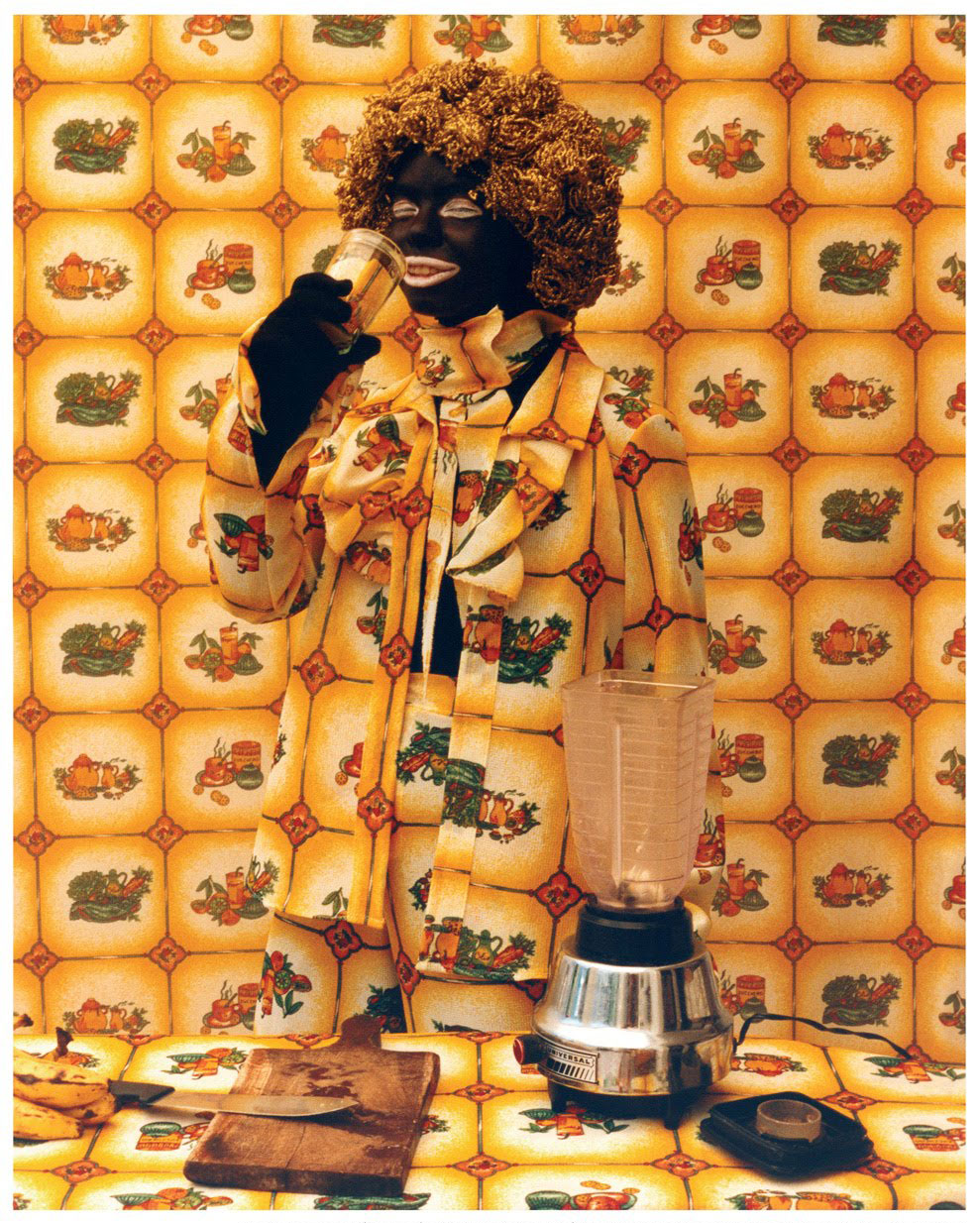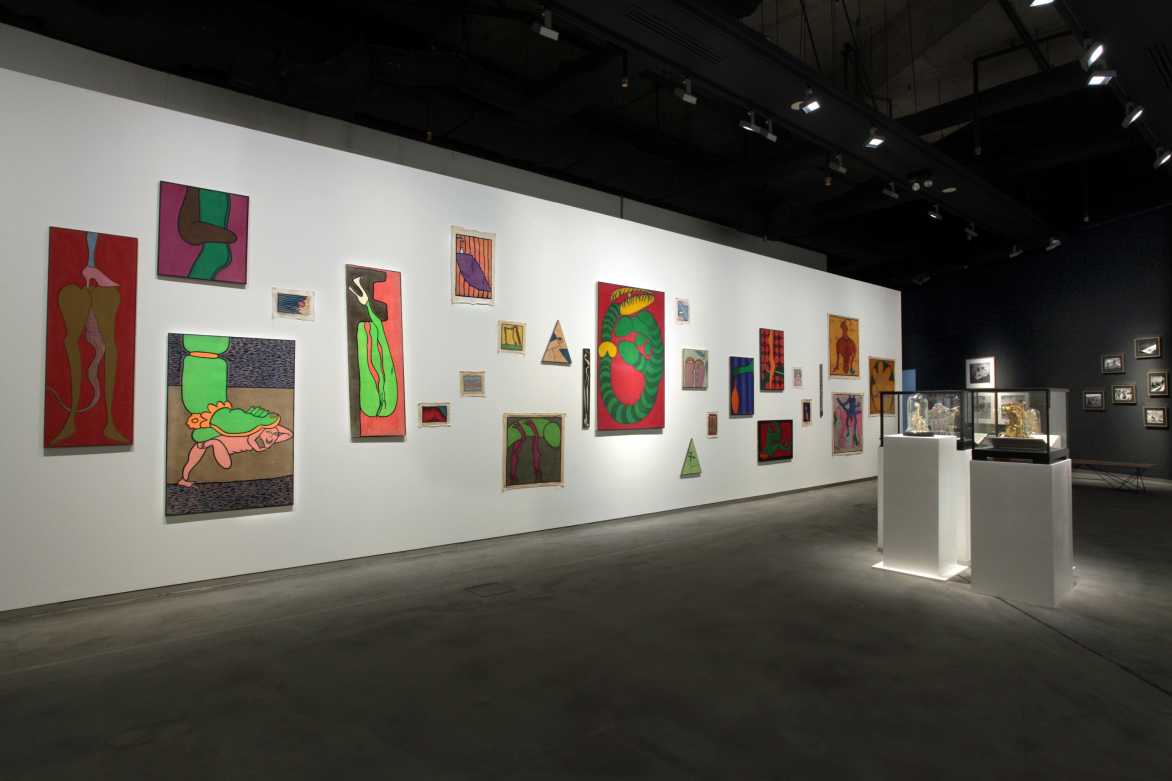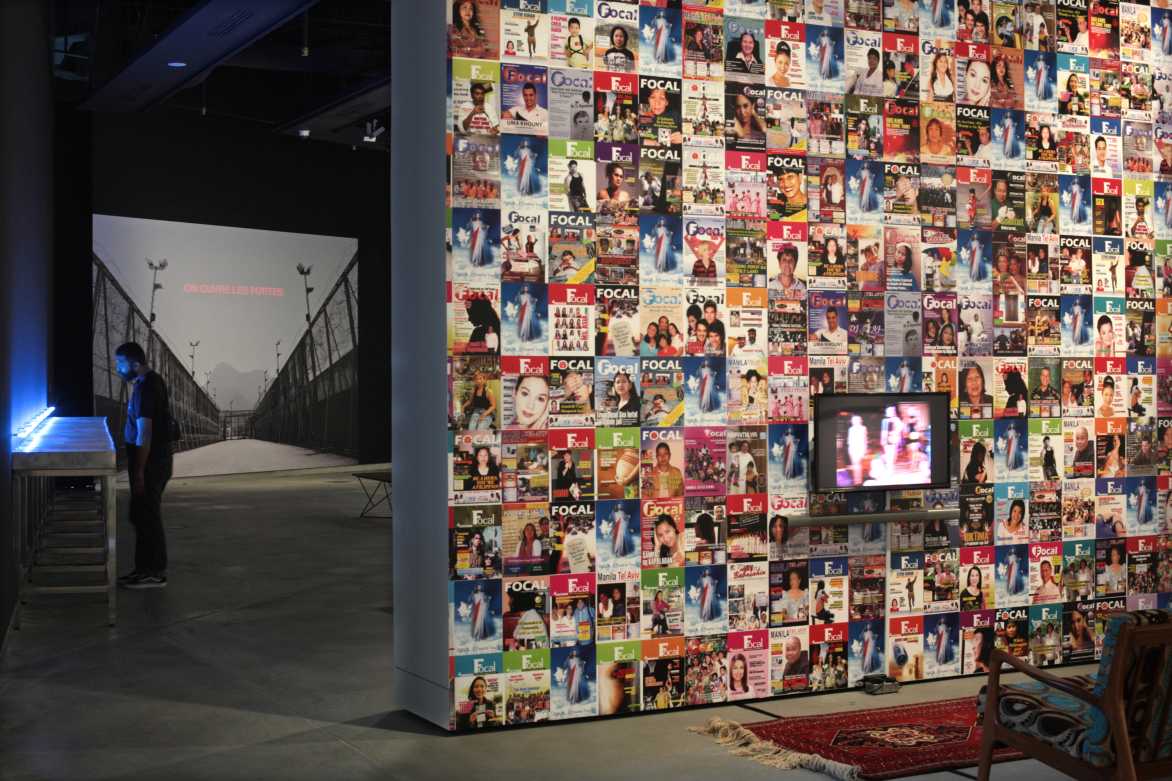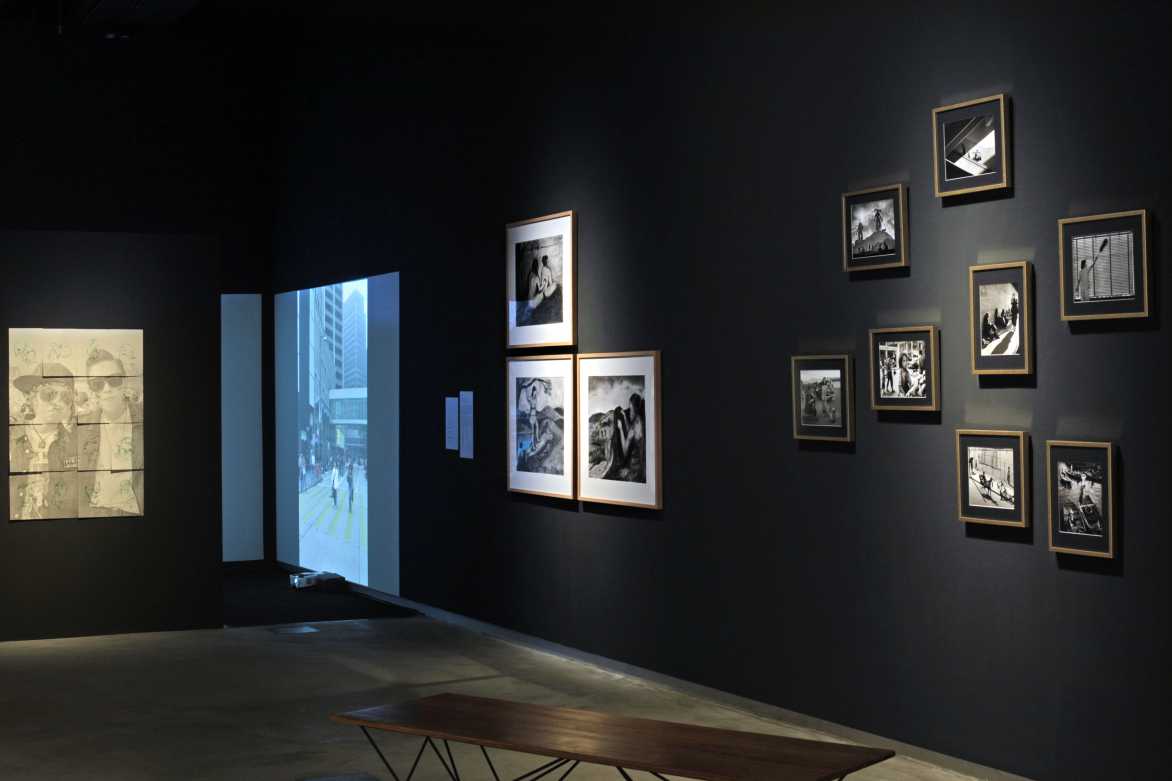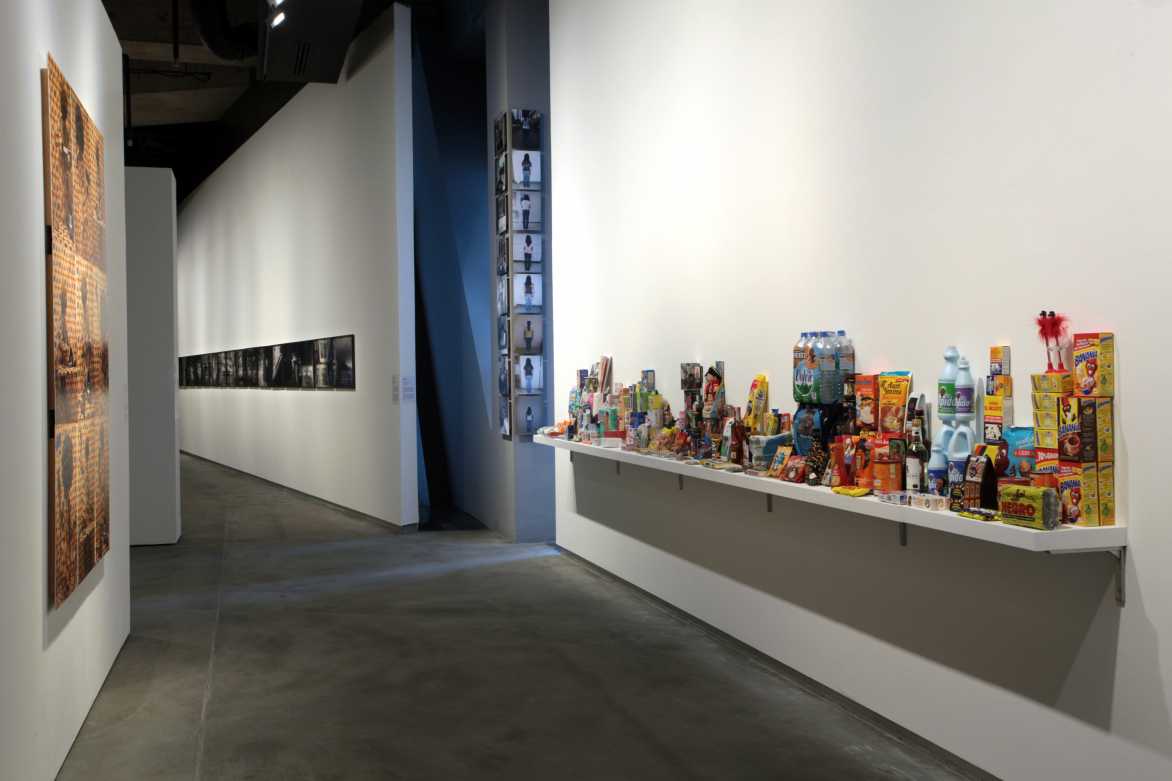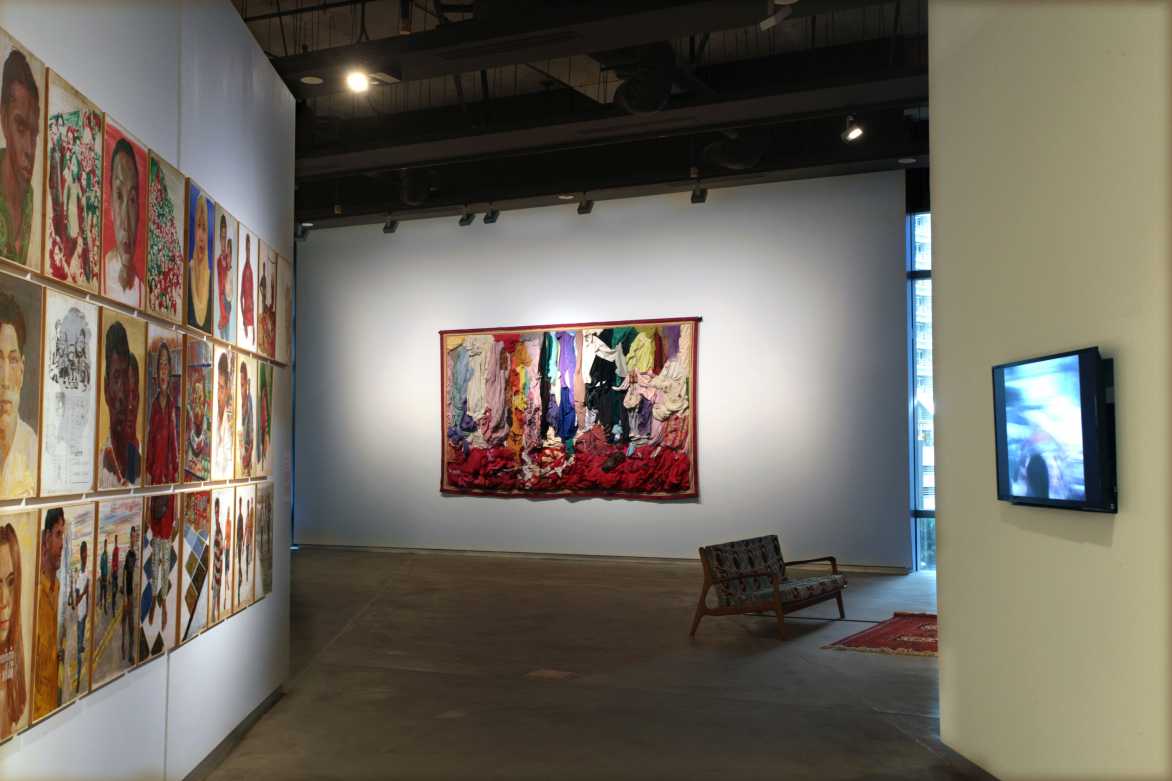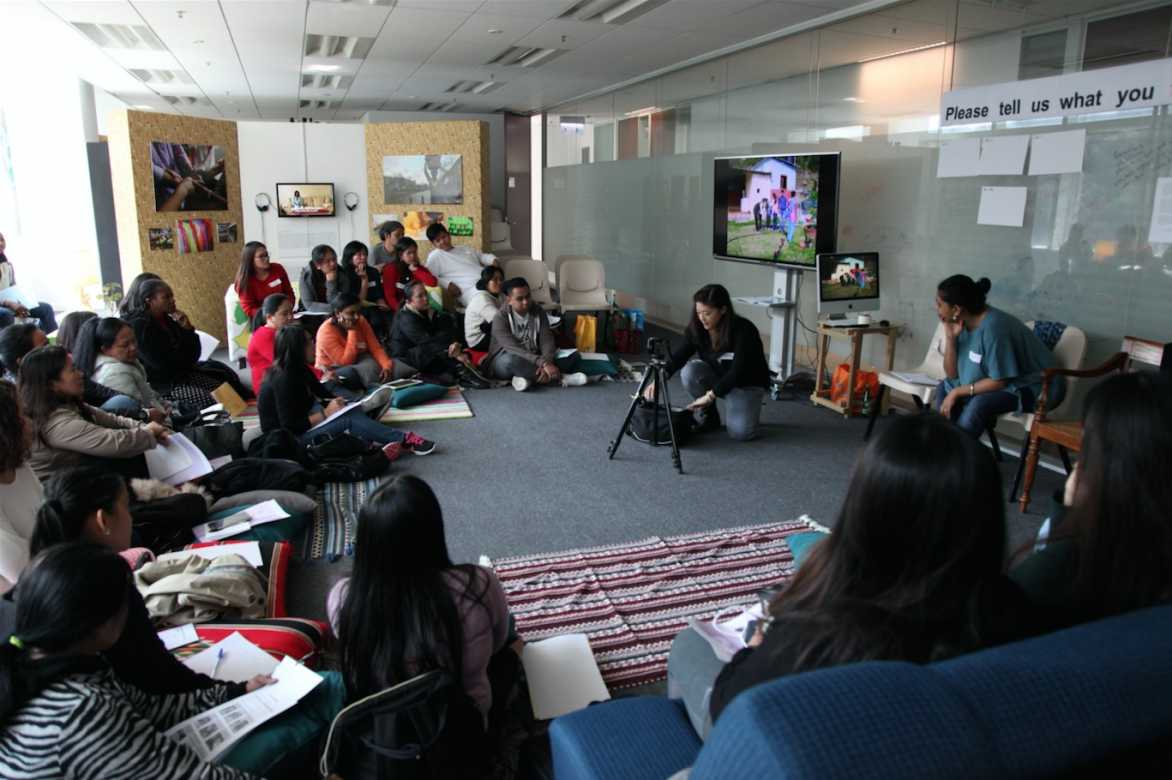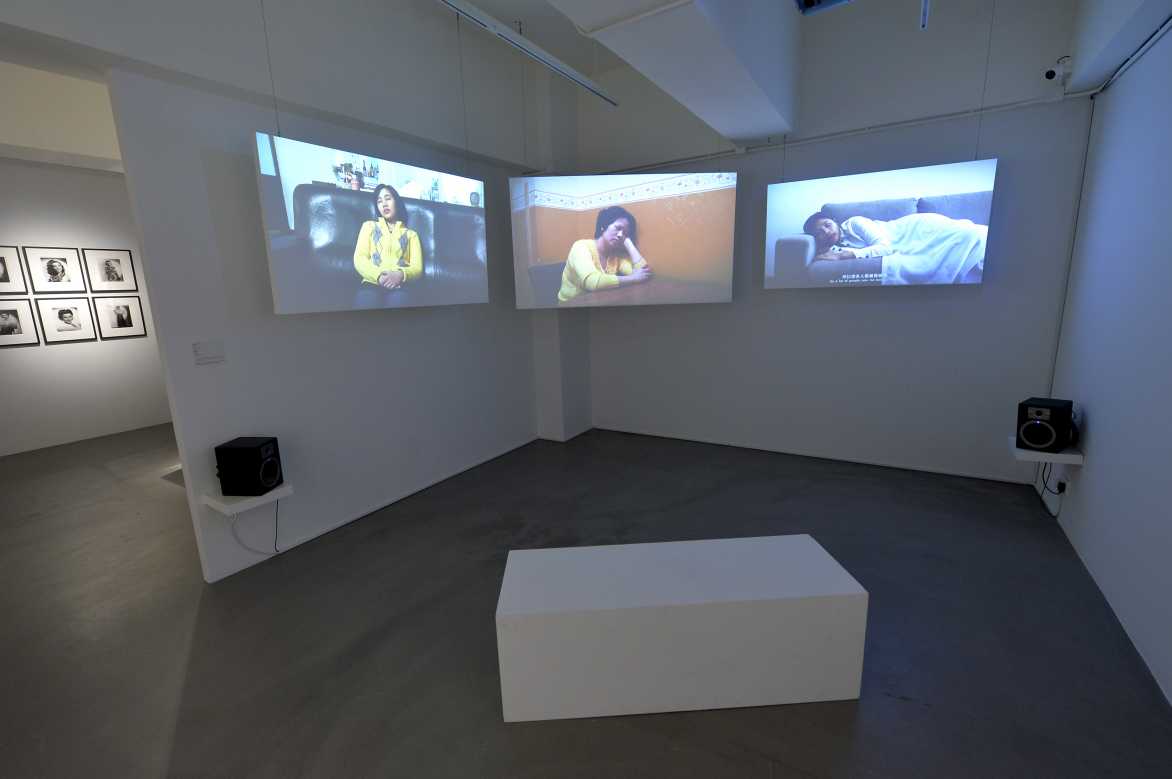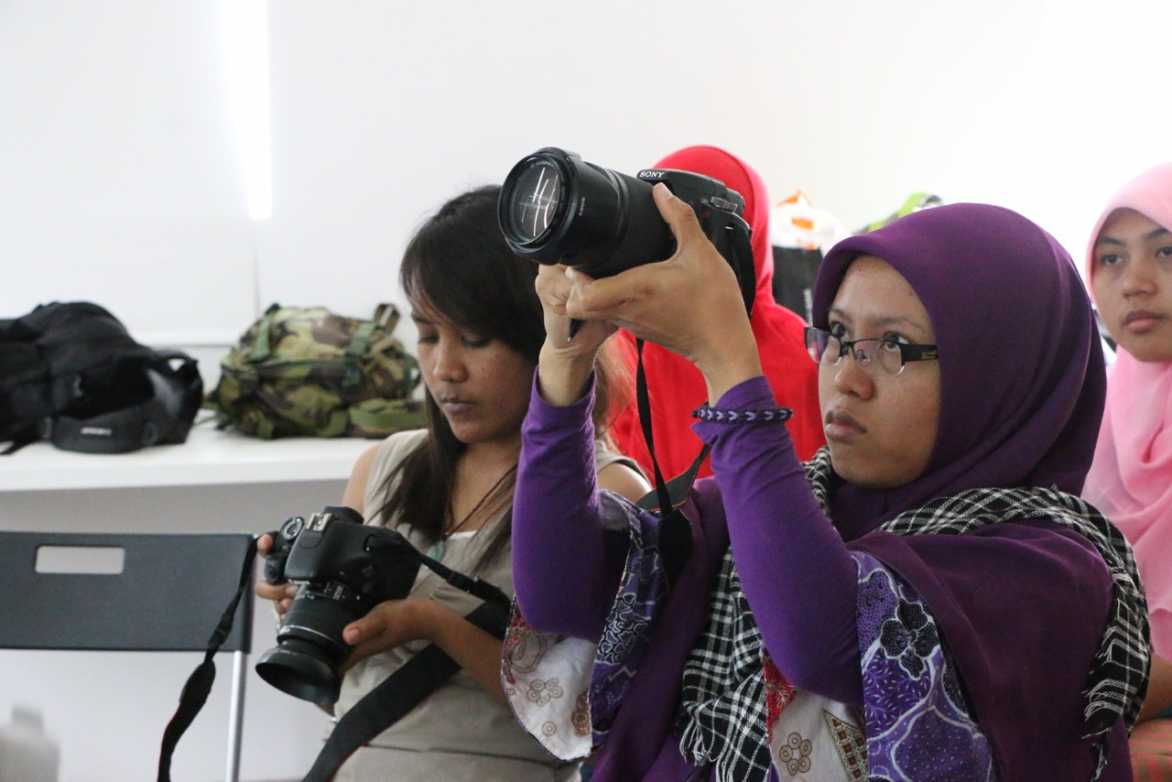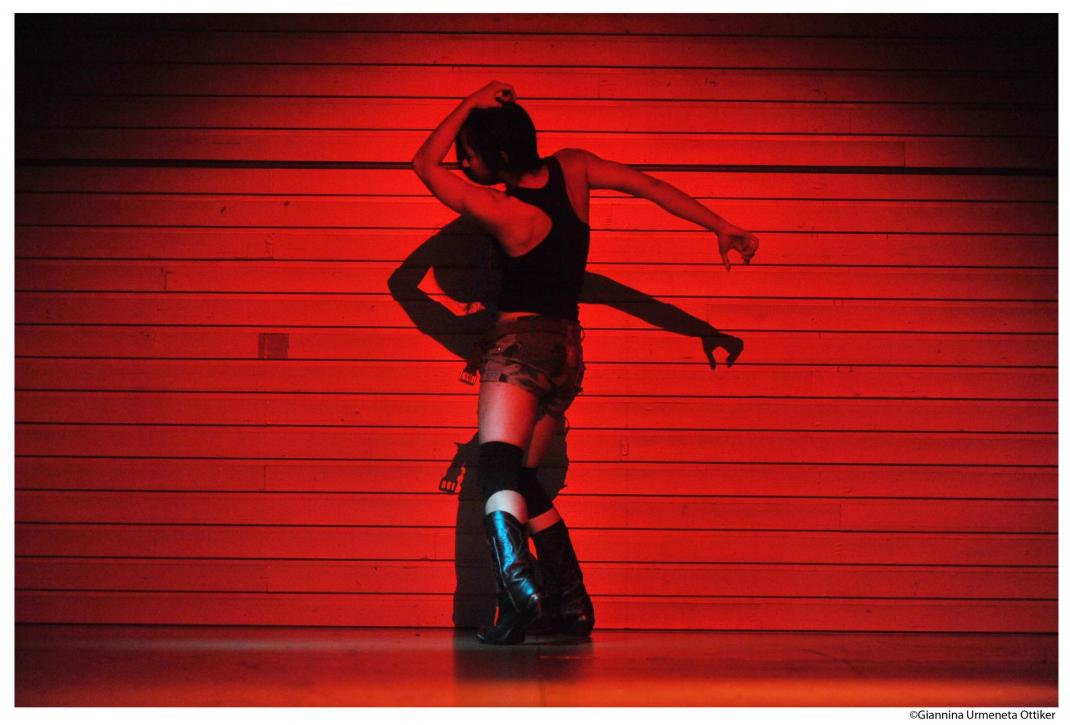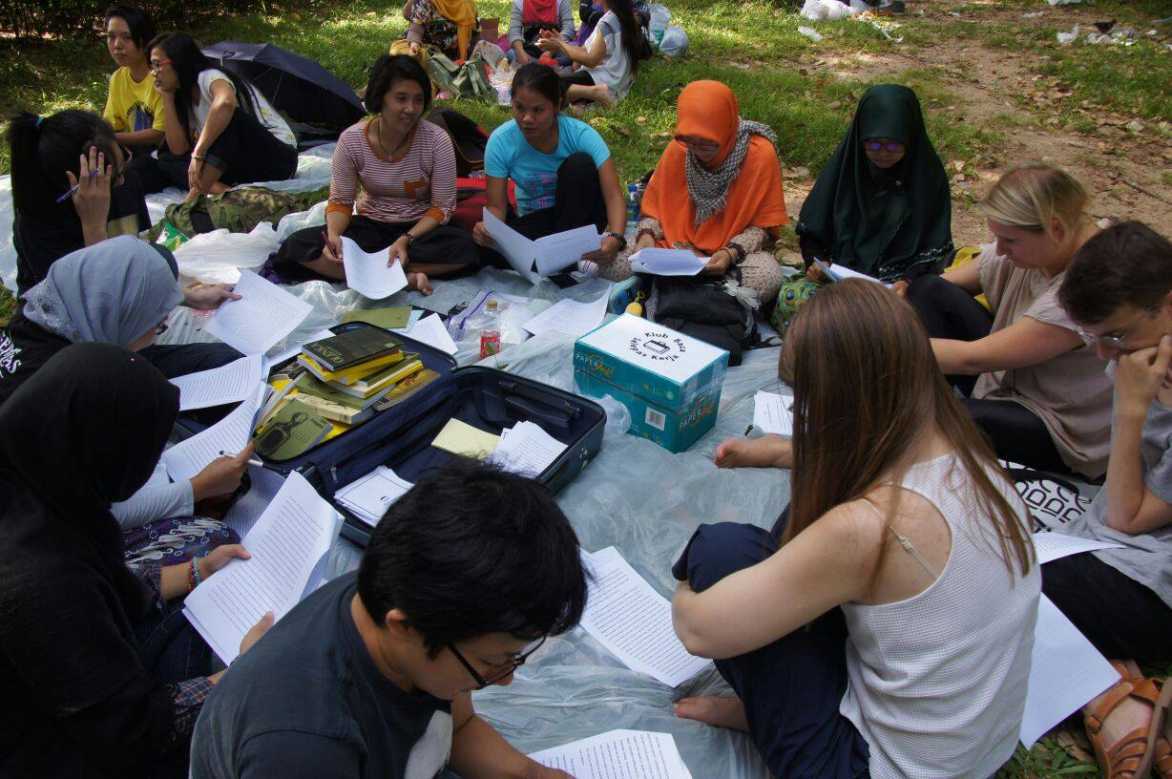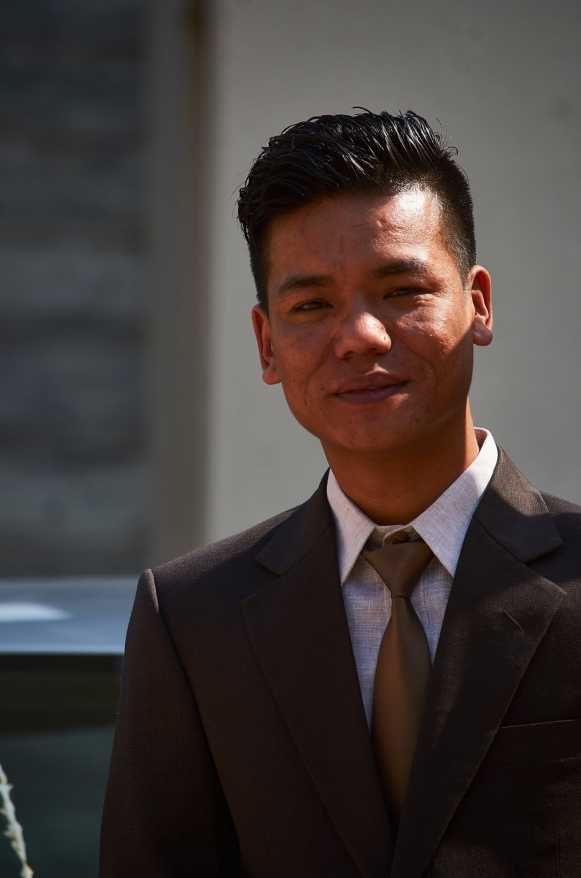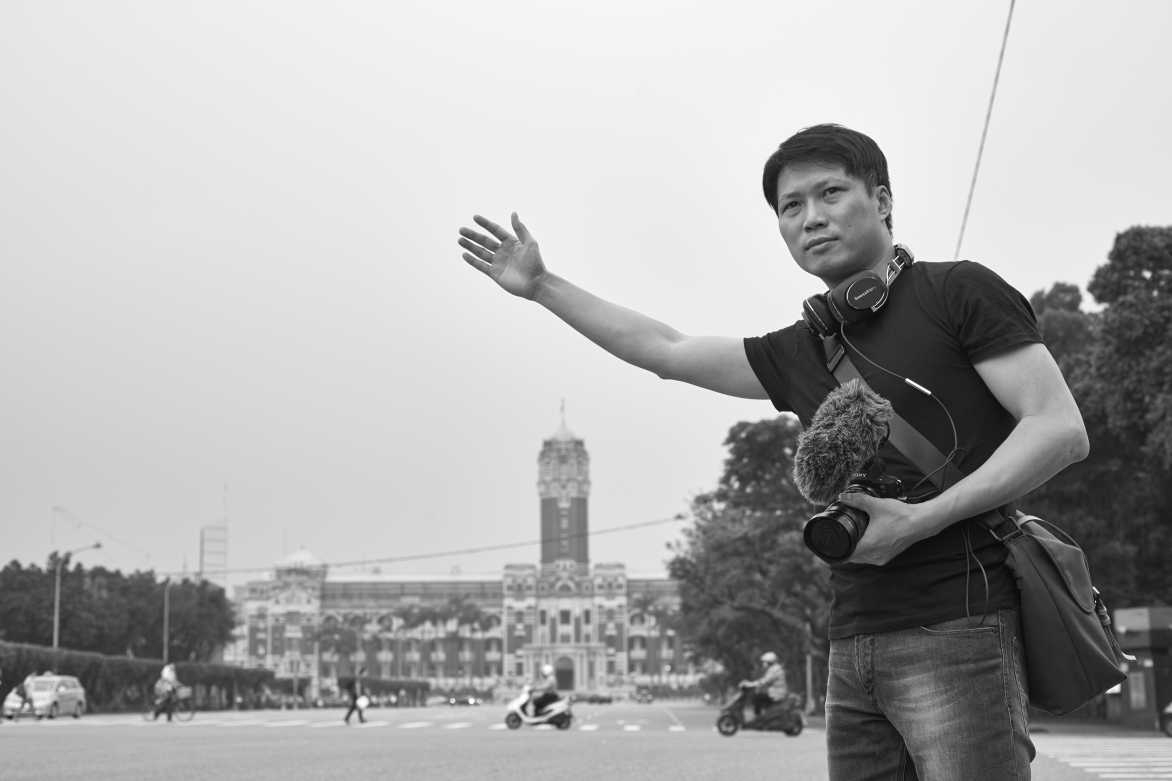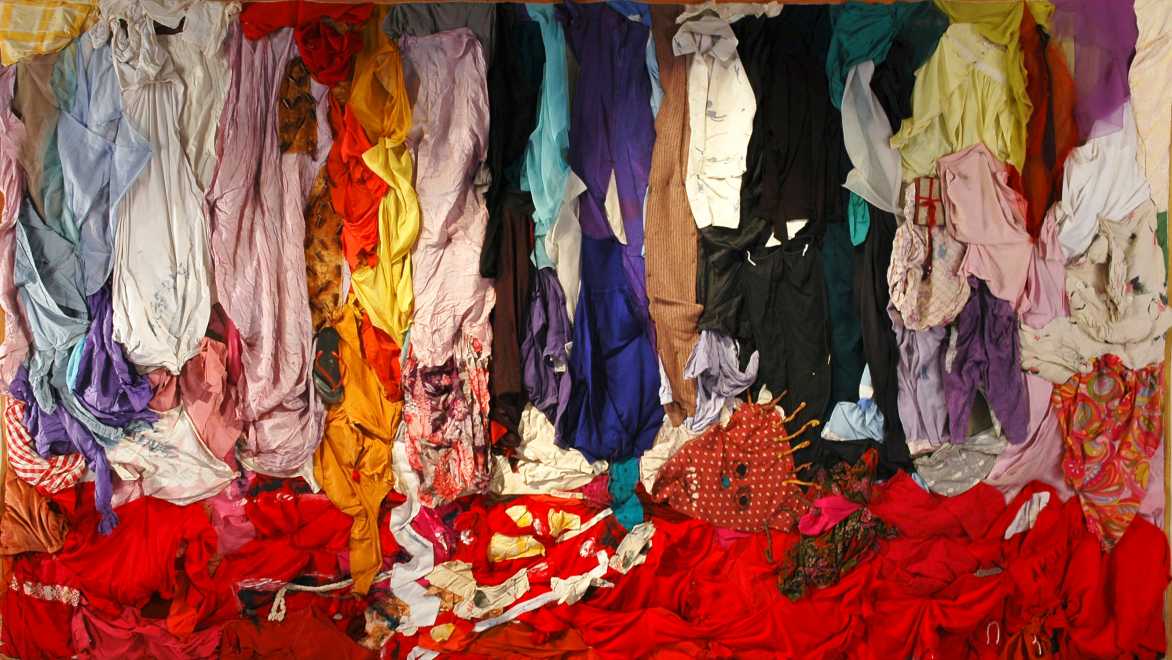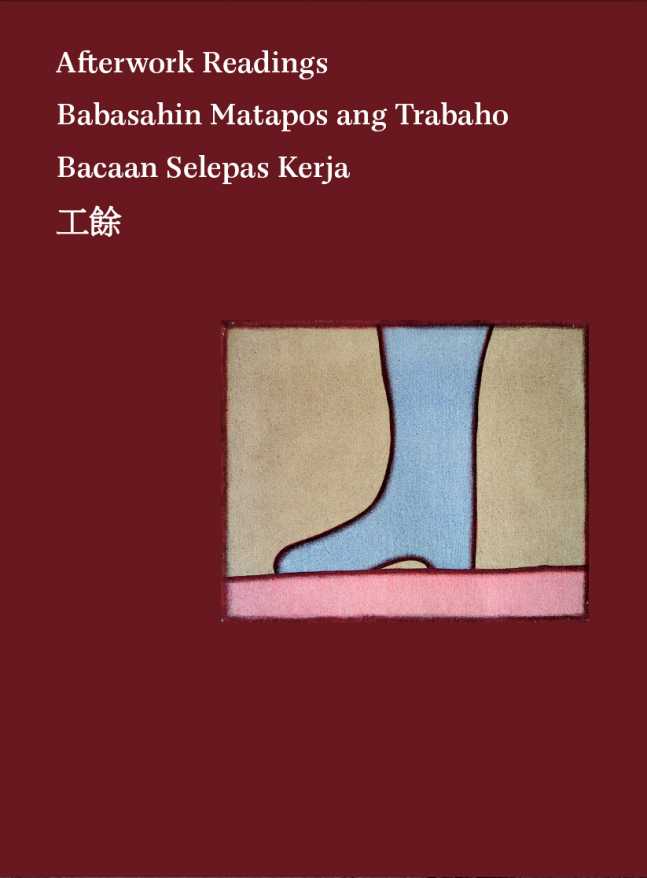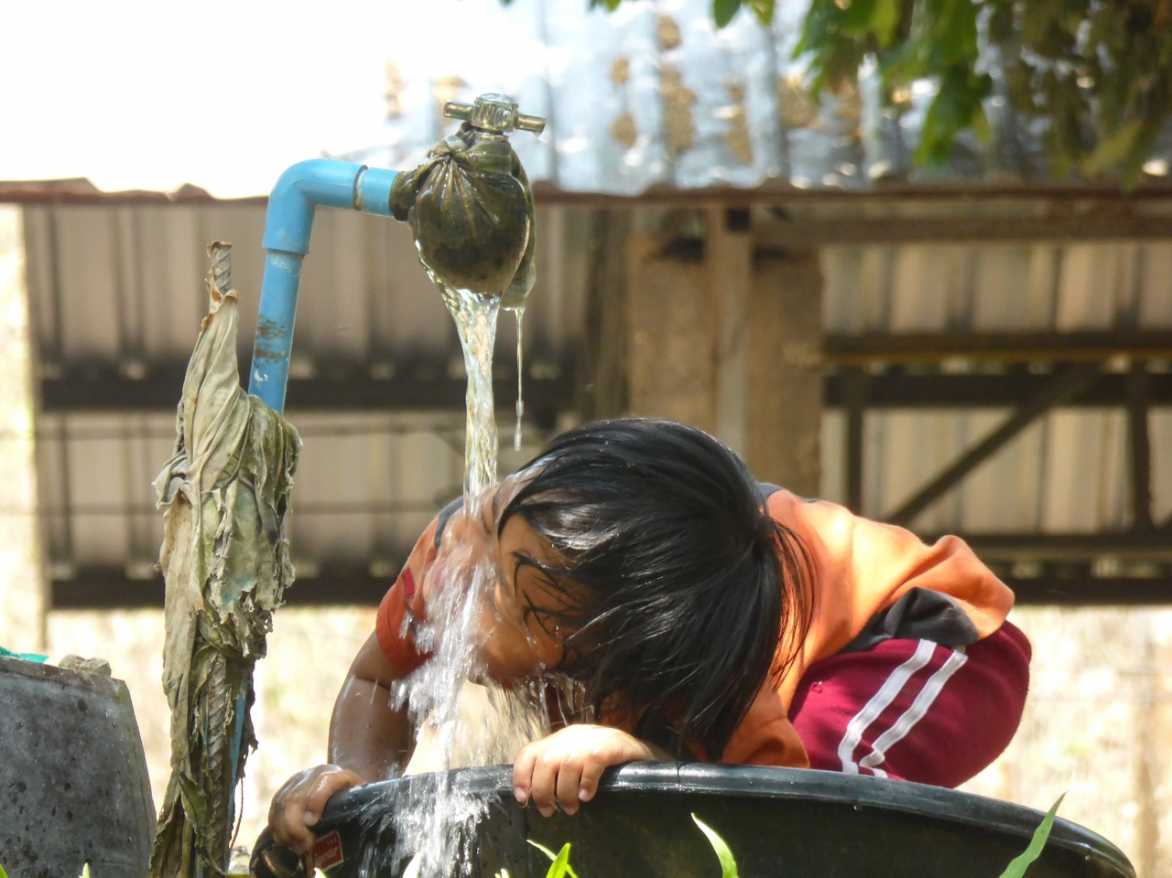
Afterwork is a major group exhibition exploring issues of class, race, labour, and migration in the region and beyond, as well as their corresponding aesthetics and histories. The exhibition is presented at ILHAM, Kuala Lumpur in collaboration with Para Site, Hong Kong.
Migrant domestic workers are Hong Kong’s largest minority group and one of the most visible components of the city’s society. Migrant workers in construction, agriculture, and services, alongside domestic workers also represent a significant social group in Malaysia and other countries in the region. In most of these places, migrant workers’ legal and symbolic statuses are matters of constant negotiation, reflecting the many complexities behind the continuing nation building processes of our times. The stories of migrant workers in Hong Kong, Malaysia, and elsewhere are crucial narratives that need to be told alongside the growing affluence of many of these societies in the past decades, together with the stories of struggle of what is considered the ‘local’ working class and of other groups that have seen themselves historically disadvantaged, and on the backdrop of the different historical waves of migration that have shaped so much of our world. Afterwork is also looking at historical ways in which class and race have been constructed in the highly polarized societies of Asia. It is interested in how the South East Asian “other” has been approached in Chinese culture, but also on how race remains an issue within many Asian countries, including Malaysia. Anchors to other contexts and historical moments are present throughout the exhibition.
Afterwork includes the work of artists of different practices, contexts, and generations. Several artists navigate directly the main thematic map of the exhibition; others chose a more personal approach, looking at the presence of domestic workers in households, the public sphere, and the artists’ lives; while another group of artists create abstract and poetic landscapes that bring a different and necessary vocabulary in an exhibition that tries to address such a wide and contradictory array of topics and perspectives, from personal desires and dreams, to historical processes.
Malaysian households employed nearly 320,000 foreign domestic workers, as of 2009—mostly from Indonesia, but also from Philippines, Cambodia, and Sri Lanka. Unlike Hong Kong, a significant number of workers do not have legal status in Malaysia, often being trafficked into the country. Neither Hong Kong nor Malaysia permit Vietnamese citizens to work as domestic helpers due to claimed security reasons, related to the painful history of the Vietnamese refugee crisis that lasted from the late seventies until the early nineties and had both Hong Kong and Malaysia at its epicentre, the latter housing one of the largest and most infamous refugee camps in the region, Bidong Island. This history is included in the exhibition through major works by , who documented the “boat people” crisis in Hong Kong at its height. The episode played an important role in the shifting imaginary of the newly rich Hong Kong Chinese society, reinforcing older stereotypes and recreating a South East Asian “other” — inspired by the Vietnamese refugees but quickly extended to include domestic workers from other countries of the region. While the darker skin South East Asian “other” had a much longer presence in Chinese history and culture, also illustrated in the exhibition by two reproductions of paintings from the Tang and Ming dynasties, the modern period with the long decay of the Qing dynasty and large scale Chinese migration to South East Asia have complicated the racist hierarchies within the region, a legacy still very much affecting contemporary Malaysian society. Another reproduction in the exhibition by Singaporean modernist master shows the particular case of Samsui women, Cantonese migrants who played a major role in construction work in Singapore in the 20th century.
Afterwork premiered at Para Site in March 2016 and is curated by . The exhibition is expanded for its iteration at ILHAM, in dialogue with .
